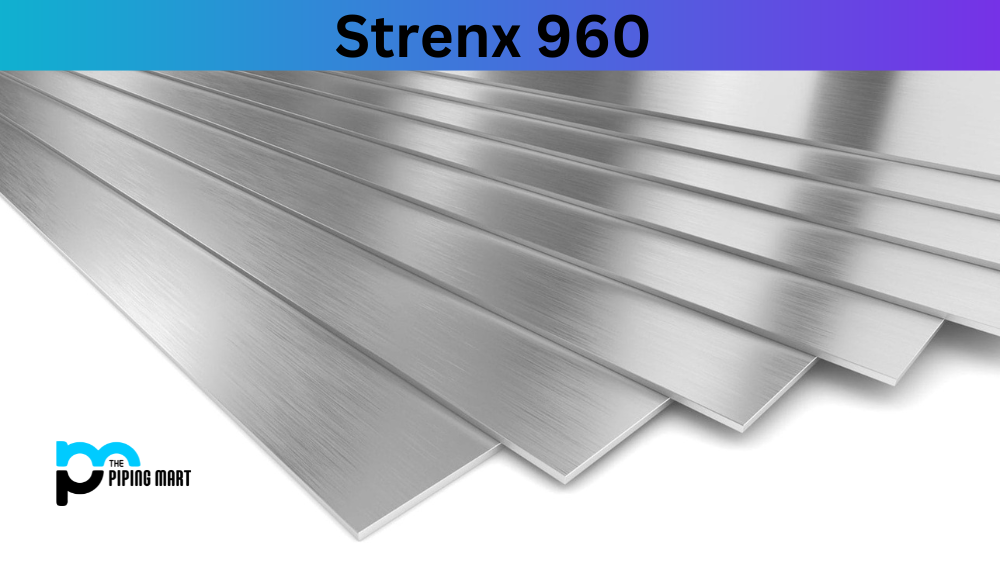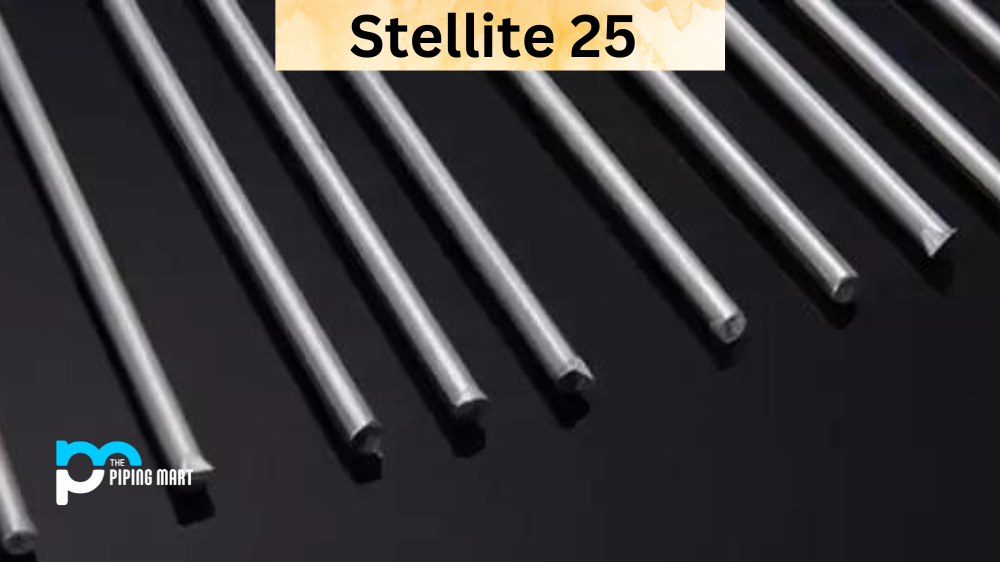If you’re a machinist, engineer, or welder looking for a reliable material for your worksite projects, look no further than ss 436. This versatile material has many uses and applications and boasts notable physical and mechanical properties, making it an ideal choice for many industries. Let’s take a closer look at what makes 436 stainless steel such a great option.
436 Stainless Steel Composition
AISI 436 stainless steel is composed of 18 percent chromium and 2 percent molybdenum. The other primary components include nickel, carbon, manganese, phosphorus, silicon, sulfur, nitrogen, and iron. This unique composition gives the material its impressive list of physical and mechanical properties, such as heat resistance and improved machinability.
| Element | Content (%) |
|---|---|
| Iron, Fe | 81.3 |
| Chromium, Cr | 16 |
| Molybdenum, Mo | 1 |
| Manganese, Mn | 1 |
| Niobium, Nb + Tantalum, Ta | 0.5 |
| Carbon, C | 0.12 |
| Phosphorous, P | 0.040 |
| Sulfur, S | 0.030 |
436 Stainless Steel Physical Properties
This alloy 436 has excellent formability and corrosion resistance due to its high chromium content (18%). It also exhibits good weldability with a low melting point which is beneficial for welding processes that require high temperatures. Additionally, this alloy has good ductility, which allows it to be easily formed into desired shapes without sacrificing strength or durability. Its low thermal expansion coefficient provides superior resistance to thermal shock, while it’s high magnetic permeability ensures good electrical insulation capabilities.
| Properties | Metric | Imperial |
|---|---|---|
| Density | 7.80 cm³ | 0.282 lb/in³ |
436 Stainless Steel Mechanical Properties
The combination of its chemical composition also gives this alloy notable mechanical properties, including high tensile strength (up to 600MPa) and excellent wear and abrasion resistance due to its higher hardness levels than other austenitic steel grades (32-40HRC). Additionally, this grade of stainless steel exhibits good fatigue strength and excellent creep strength, which is beneficial in extreme temperature applications where stability over time is essential.
| Properties | Metric | Imperial |
|---|---|---|
| Tensile strength | 538 MPa | 78000 psi |
| Yield strength | 441 MPa | 64000 psi |
| Elastic modulus | 200 GPa | 29008 ksi |
| Poisson’s ratio | 0.27-0.30 | 0.27-0.30 |
| Elongation at break | 32% | 32% |
| Reduction of area | 77% | 77% |
| Hardness, Rockwell B | 89 | 89 |
436 Stainless Steel Thermal Properties
| Properties | Metric | Imperial |
|---|---|---|
| Thermal expansion co-efficient (@ 0-100°C/32-212°F) | 10.4 µm/m°C | 5.78 µin/in°F |
436 Stainless Steel Equivalents
- SAE 51436
- SAE J405 (51436)
436 Stainless Steel Uses
Grade 436 stainless steel is a highly versatile material used in numerous applications. It has strong forming and welding characteristics, making it an ideal choice for many industrial uses. For example, 436 stainless steel can be found in the trim of high-temperature oxidizing equipment or exhaust systems. In addition, this type of stainless steel can hold up against exposure to tough environmental conditions such as salt water and chemicals, so it is frequently used in process equipment associated with food production and pre-treatment. Its high-strength properties make it a great choice for safety guardrails throughout any facility. From Industrial Engineering to Construction Projects and Heavy Machinery Manufacturers, 436 stainless steel’s impressive stability makes it a popular choice for today’s professional needs.
Conclusion
436 stainless steel is an incredibly versatile material with numerous potential uses, from automotive components to kitchen appliances. Its high chromium content makes it especially resistant to corrosion, while its mechanical properties make it suitable for heavy loads or extreme temperature environments. With all these features combined, 436 stainless steel offers reliable performance in many different industries, making it an ideal choice for machinists everywhere!
Meet Heer, a dynamic and driven writer learning tricks of her trade in the metal industry. With a background in Digital Marketing, Heer brings a unique perspective to her writing, sharing valuable insights. Apart from blogging she like reading and hiking.




